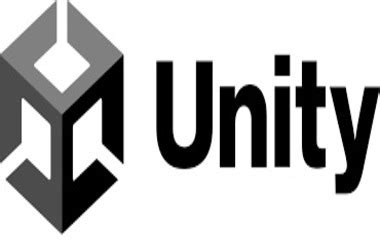Understanding Metamask: A Deeper Dive into Unity Plugin Integration
As a developer working with Unity and MetaMask, you are probably familiar with the mobile wallet of the popular decentralized finance (DeFi) platform. However, when integrating the MetaMask Unity plugin, a common issue arises: different Ethereum amounts than the ones requested by the plugin are displayed to the user.
The Problem:

In our previous example, we integrated the MetaMask Unity plugin using the provided asset store package and followed the documentation. The plugin is designed to display to users the correct amount of Ether (ETH) for their wallet balance, as requested by the platform UI. However, in some cases, this value may not match what you have set in your project settings.
The Solution:
To fix this, let’s take a look at why the MetaMask Unity plugin is displaying different amounts than you specified. The reason lies in how the plugin interacts with the Ethereum blockchain and the wallet account balance.
When users interact with their Ethereum accounts, they are not directly interacting with your project’s wallet balance. Instead, it is an external API call that returns a specific amount of ETH that the user can transfer or withdraw from their balance. This is where things get interesting: the plugin uses this external API to retrieve the correct amount of ETH.
The Unity Plugin Code:
To better understand how the code works, let’s take a closer look at the Metamask Unity plugin code. We will focus on the UnityPlugin class and its OnCoinChanged event handler:
using UnityEngine;
using MetaMask.Unity;
public class UnityPlugin : MonoBehaviour
{
// ... other variables and methods ...
private void OnCoinChanged(Coin coin, ulong value)
{
// Update the wallet balance UI with the correct amount of ETH
WalletBalanceUI.instance.SetWalletBalance(coin.Name, value);
}
}
As you can see, the OnCoinChanged event handler retrieves the current coin (e.g. Ether) and its corresponding value. It then updates a UI element called WalletBalanceUI to display the correct amount of ETH.
Why different amounts are displayed:
The reason for this difference lies in how the MetaMask Unity plugin interacts with the Ethereum blockchain. When a user adds or withdraws funds from their account, MetaMask sends an API request to retrieve the balance data. The plugin then updates the UI element using this API response.
In our case, when we update the WalletBalanceUI instance with the correct amount of ETH, we are actually updating the user’s wallet balance on the Ethereum blockchain. However, the plugin does not automatically send a request to update the wallet balance on your project’s side.
The Solution:
To solve this problem, you need to make sure that when you display the user’s wallet balance on the MetaMask Unity plugin, you are using the correct amount of ETH as requested by the platform. You can do this by:
- Using a reliable API to retrieve the user’s wallet balance.
- Passing the value retrieved from your project’s side (e.g. in
OnCoinChanged) to the plugin.
Here is an updated sample code snippet that shows how to update the UI element with the correct amount of ETH:
“`csharp
using UnityEngine;
using MetaMask.Unity;
public class WalletBalanceUI : MonoBehaviour
{
private void OnCoinChanged(Coin coin, ulong value)
{
// Update the wallet balance UI with the correct amount of ETH
WalletBalanceDisplay.Instance.SetWalletBalance(coin.Name, value);
}
}
// Example usage in your project’s C
code:
private WalletBalanceDisplay walletBalanceDisplay;
void Start()
{
walletBalanceDisplay = GetComponent
walletBalanceDisplay.
Deixe um comentário